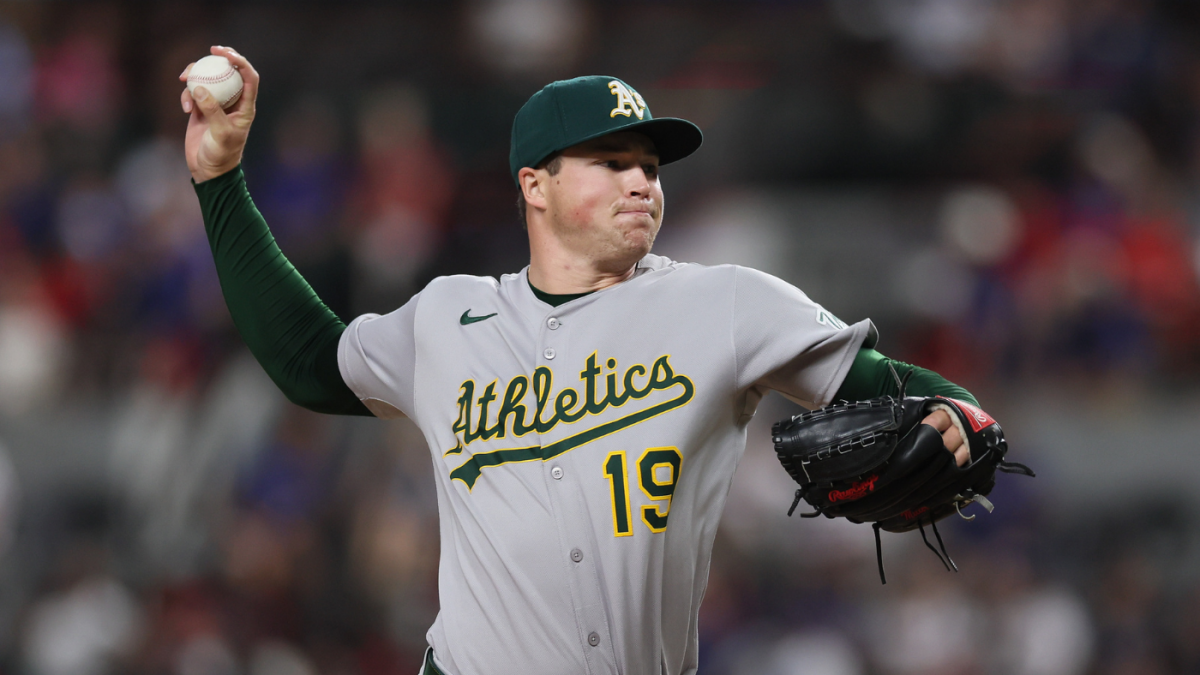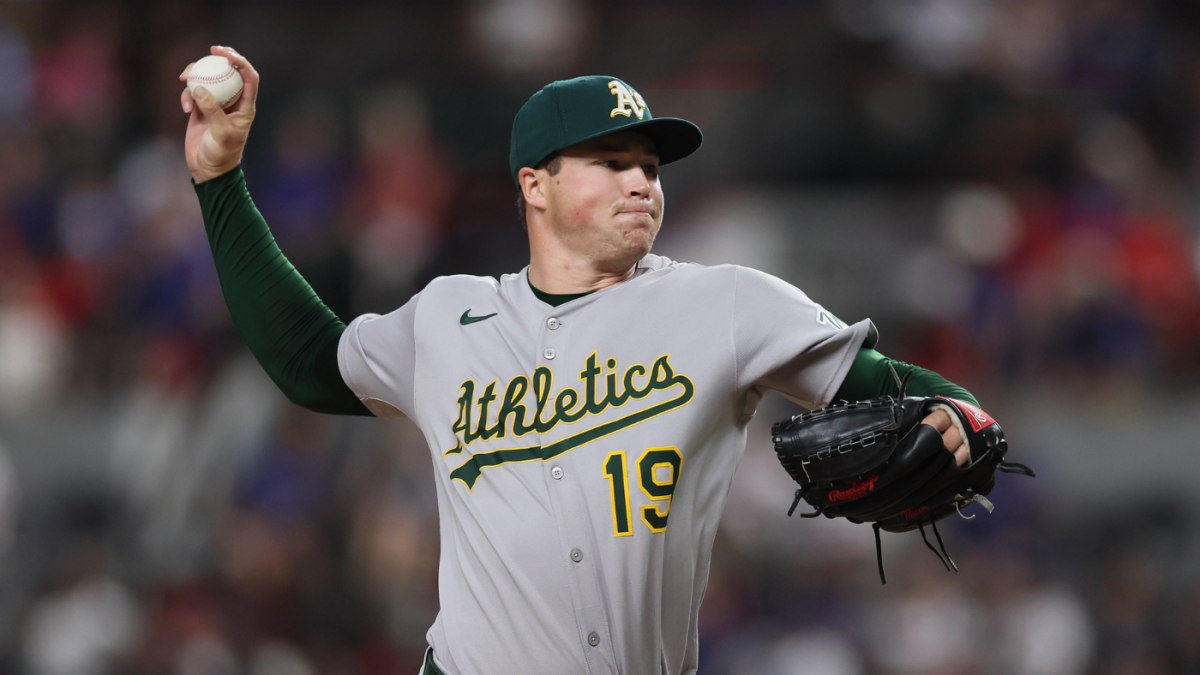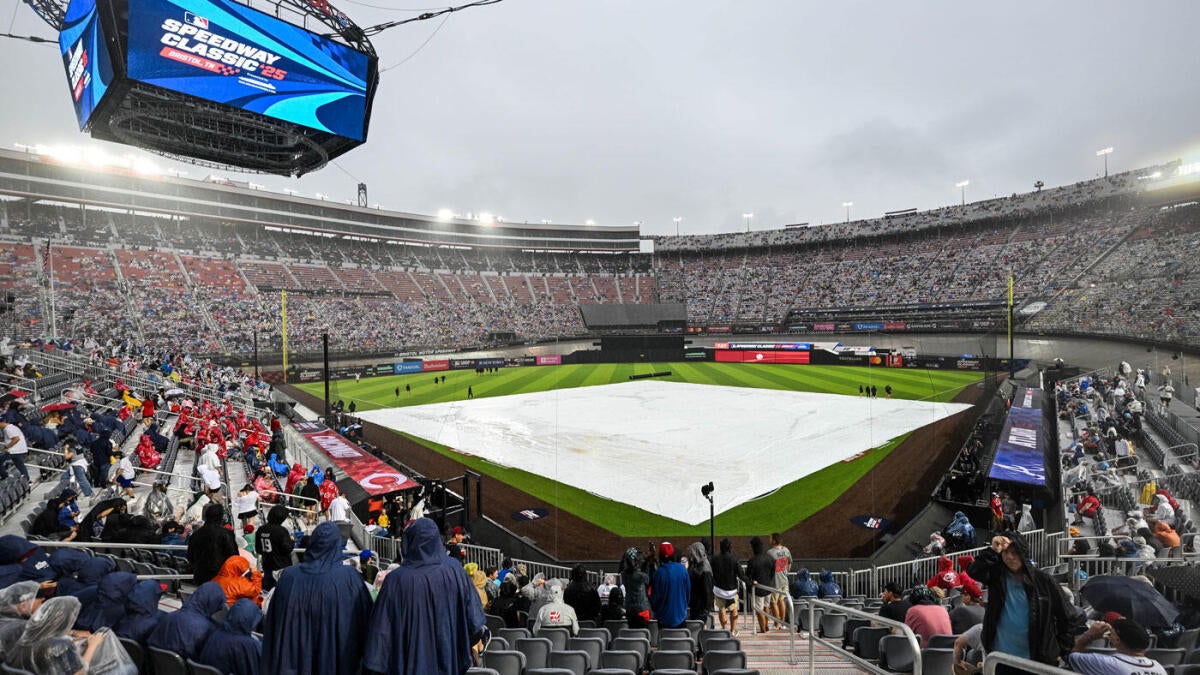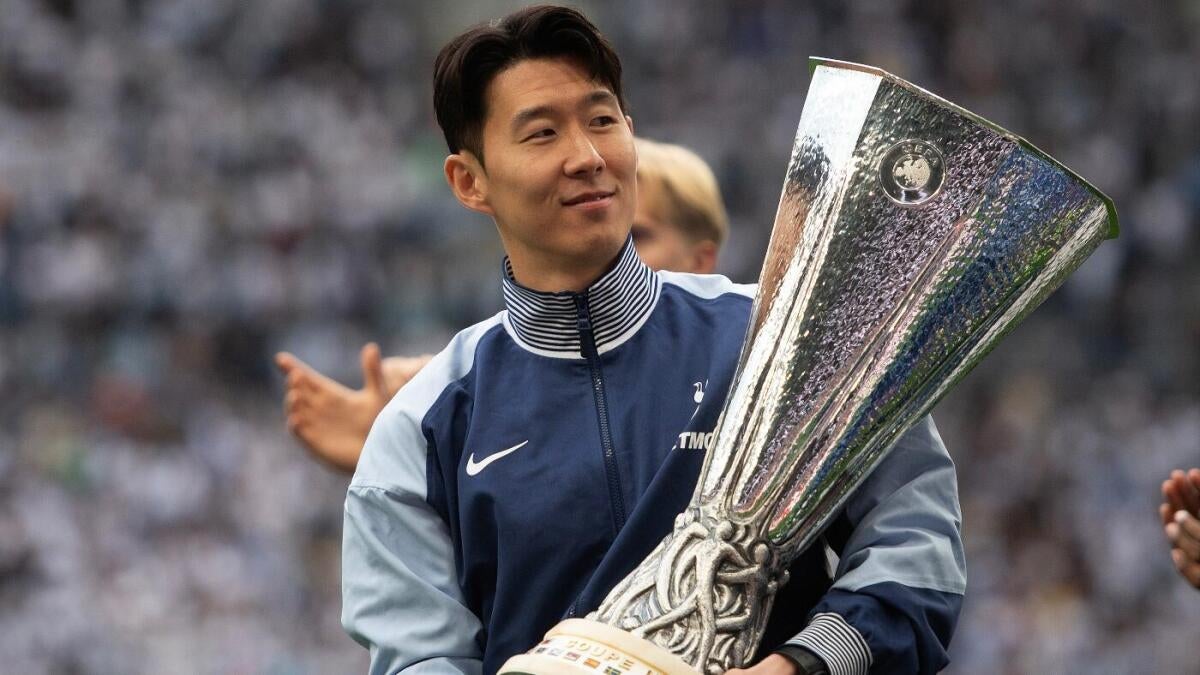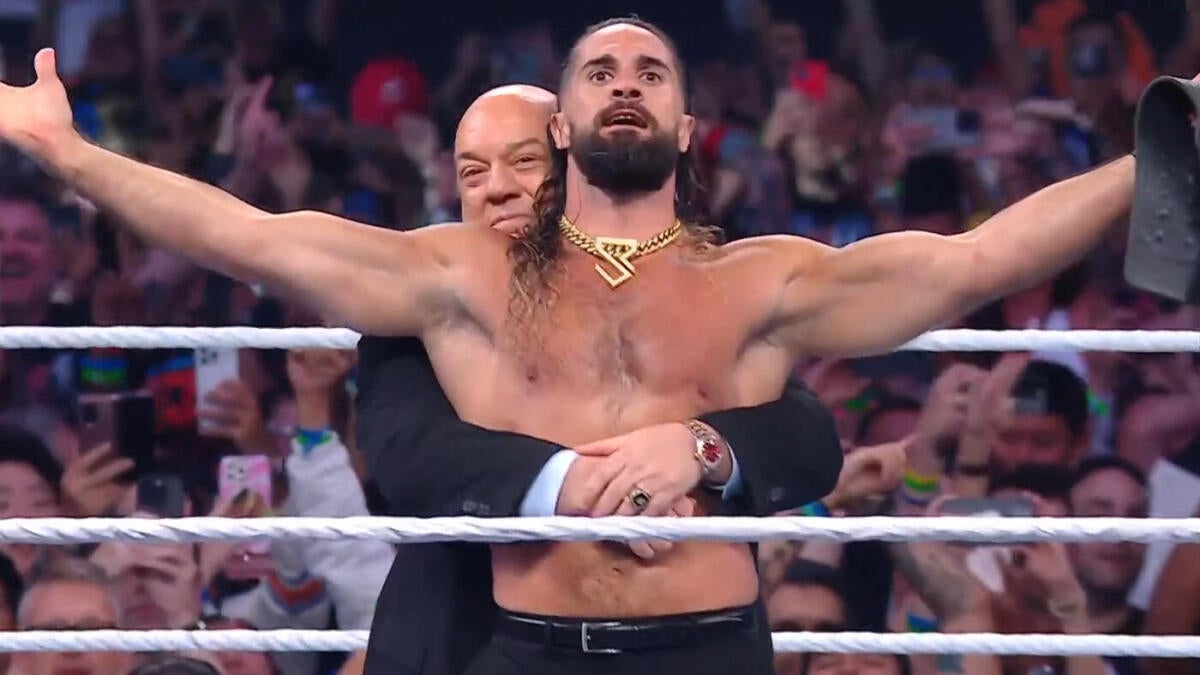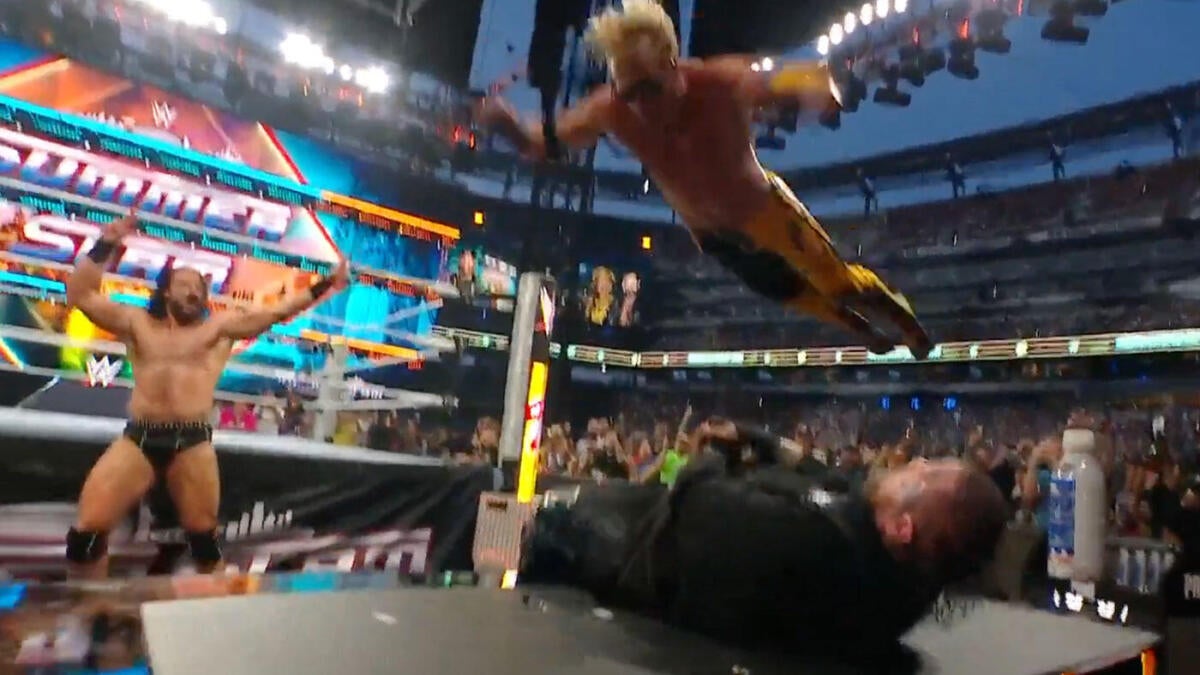A Strategic Gambit: Analyzing the Padres’ Bold Trade for Mason Miller and JP Sears
Introduction: The Padres’ Win-Now Mentality
The San Diego Padres have never shied away from making bold moves to bolster their roster, and their latest acquisition of Mason Miller and JP Sears from the Oakland Athletics is no exception. This trade underscores the Padres’ aggressive approach to building a championship-caliber team, addressing critical needs in their pitching staff. The deal not only fortifies their immediate contending window but also sends a clear message to the rest of the National League: the Padres are all-in on 2024 and beyond.
The Closer Conundrum: Why Mason Miller is a Game-Changer
The Padres’ bullpen has been a rollercoaster this season, oscillating between dominance and inconsistency. The acquisition of Mason Miller, a 26-year-old fireballer, is a direct response to this instability. Miller’s fastball, which routinely reaches triple digits, has made him one of the most feared relievers in baseball. His ability to overpower hitters with sheer velocity is a rare commodity, and his developing secondary pitches—particularly his slider—add layers to his arsenal.
Miller’s impact extends beyond his statistics. His presence in the bullpen provides a psychological edge, instilling confidence in the team and striking fear into opponents. The Padres envision Miller as their closer for the foreseeable future, a luxury they have lacked in recent years. His ability to shut down games in high-leverage situations could be the difference-maker in close contests, especially in the postseason.
Strengthening the Rotation: The Value of JP Sears
While Miller steals the spotlight, the addition of JP Sears is equally significant. Sears, a left-handed starter, brings stability and durability to the Padres’ rotation. His 4.95 ERA might not be eye-catching, but his ability to eat innings and provide consistent outings is invaluable. Sears is the epitome of a reliable back-end starter, a workhorse who can be counted on to deliver quality starts and prevent the bullpen from being overworked.
Sears’ three years of team control also add long-term value. The Padres can integrate him into their rotation without worrying about immediate free agency, providing flexibility to manage injuries and rest their ace, Yu Darvish. His cost-effectiveness allows the Padres to allocate resources to other areas, such as the bullpen or lineup upgrades.
The Cost of Contention: A Steep Price for Immediate Gratification
The Padres’ aggressive pursuit of talent comes at a cost. To acquire Miller and Sears, they traded away shortstop prospect Leodalis De Vries, the A’s top prospect, and three additional pitchers. De Vries, a highly touted international signing, represented the Padres’ future at shortstop. Trading him away reflects the Padres’ win-now mentality, prioritizing immediate success over long-term development.
This trade is a calculated risk. While the Padres believe their window of contention is open, the cost of trading away top prospects can have long-term repercussions. If the Padres fail to win a championship in the next few years, they may find themselves in a rebuilding phase with a depleted farm system. However, A.J. Preller and the Padres’ front office are willing to take this gamble, betting that the immediate upgrades will translate into a championship.
The A’s Perspective: A Rebuilding Blueprint
For the Oakland Athletics, this trade is a pivotal step in their rebuilding process. The A’s, facing financial and stadium uncertainties, are focused on accumulating young talent and building a sustainable foundation. Trading Miller, a player with elite talent, allows them to restock their farm system with a top prospect in De Vries and additional pitching depth.
This trade aligns with the A’s long-term vision. While it may be difficult for fans to see a player like Miller depart, the acquisition of high-ceiling prospects is a necessary step in rebuilding. The A’s can now focus on developing their young talent and positioning themselves for future success, even if it means enduring short-term pain.
The Post-Trade Landscape: Implications for the Padres and Beyond
The Padres’ acquisition of Miller and Sears significantly alters the competitive landscape in the National League. With a fortified bullpen and a more stable rotation, the Padres are better positioned to compete with the likes of the Los Angeles Dodgers and Atlanta Braves. Miller’s presence in the bullpen could be a game-changer in the postseason, where his ability to dominate in high-pressure situations could swing the tide in the Padres’ favor.
However, the Padres’ aggressive approach carries risks. Trading away top prospects can deplete the farm system, limiting the team’s ability to sustain long-term success. If the Padres fail to win a championship in the next few years, they may face a difficult rebuilding process. The trade also sends a message to other contenders that the Padres are serious about winning now, potentially raising the stakes in future negotiations.
Conclusion: A Gamble Worth Taking?
The Padres’ trade for Mason Miller and JP Sears is a bold and calculated move that reflects their unwavering commitment to winning. By addressing critical needs in their pitching staff, the Padres have significantly improved their chances of contending for a championship this season. While the price was steep, the Padres believe that the potential reward outweighs the risk.
Only time will tell if this gamble pays off. If the Padres can translate their improved pitching into a deep playoff run, the trade will be remembered as a masterstroke. If not, the cost of trading away top prospects could haunt them in the years to come. Regardless, the Padres have once again demonstrated their willingness to go all-in in pursuit of baseball glory, a testament to their relentless pursuit of excellence.







